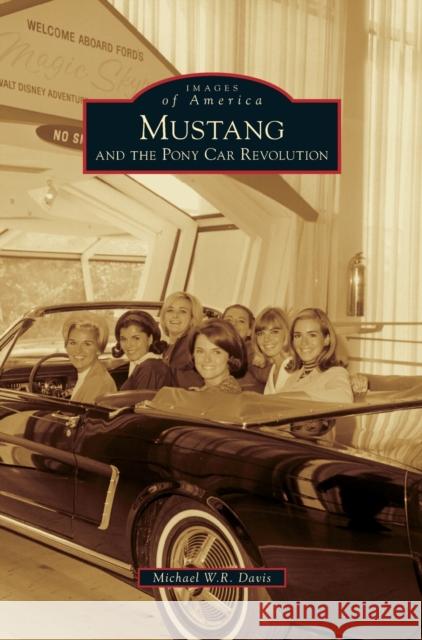Mustang and the Pony Car Revolution » książka
Mustang and the Pony Car Revolution
ISBN-13: 9781531669164 / Angielski / Twarda / 2014 / 130 str.
Introduced at the opening of the New York World's Fair in April 1964, the Ford Mustang was based on mechanicals from the earlier Ford Falcon compact car. It quickly established a new motorcar category--the "pony car"--which was widely copied by domestic and overseas competitors. From the outset, the Mustang represented inspired product planning and design, followed by brilliantly executed marketing. Ford's Mustang team effort used every tool in the vehicle-marketing toolbox: clever teases long before the new product went on sale, unprecedented publicity, simple but effective advertising, the stage at the World's Fair, movie placement, distribution of toy plastic models, and even a replica pedal car for the young drivers of the future. With a measure of luck, it became a classic case of releasing the right product at the right time, and Ford sold one million units in less than two years.
Introduced at the opening of the New York Worlds Fair in April 1964, the Ford Mustang was based on mechanicals from the earlier Ford Falcon compact car. It quickly established a new motorcar category--the "pony car"--which was widely copied by domestic and overseas competitors. From the outset, the Mustang represented inspired product planning and design, followed by brilliantly executed marketing. Fords Mustang team effort used every tool in the vehicle-marketing toolbox: clever teases long before the new product went on sale, unprecedented publicity, simple but effective advertising, the stage at the Worlds Fair, movie placement, distribution of toy plastic models, and even a replica pedal car for the young drivers of the future. With a measure of luck, it became a classic case of releasing the right product at the right time, and Ford sold one million units in less than two years.











